2. PhD research
For my PhD research I am investigating the evolutionary history of true whelks (Buccinidae) from New Zealand. True whelks are dioecious, benthic Neogastropod marine snails that exhibit striking morphological diversity in shell shape and size. New Zealand is believed to host a high taxonomic diversity of living Buccinidae, and there is also a rich fossil record for the clade.
The primary objective of my PhD is to investigate the relationship of morphological and genetic variation in these molluscs. Specifically, is variation in shell morphology concordant with genetic variation? In turn, this feeds into an investigation of speciation and rates of evolutionary change in the fossil record. If morphology closely reflects the evolutionary relationships of true whelks, can we use morphological variation in the fossil record to identify periods of speciation and evolutionary stasis (one of the topics considered under the umbrella term of ‘punctuated evolution’). Throughout the project I am attempting to consider the fundamental basis of lineage evolution rather than more derived issues such as species delimitation (issues discussed in Vaux et al. 2016A, 2016B).
A secondary aim and necessity of the project is to investigate the evolution of the New Zealand Buccinidae. Under an alternative taxonomic classification (Buccinulidae), New Zealand and Southern Hemisphere true whelks are argued to have evolved in isolation from the Northern Hemisphere. My PhD research shall reveal if New Zealand taxa are closely related, and if an evolutionary radiation under geographic isolation has occurred. My genetic sampling includes species belonging to the genera Aeneator, Antarctoneptunea, Austrofusus, Buccinulum, Cominella, Kelletia, and Penion as well as putative outgroup taxa from the Northern Hemisphere and sister families of Fasciolariidae and Nassariidae.
In particular, my attention has focussed upon Penion (siphon whelks). Siphon whelks are very large, predator-scavenger benthic whelks that often occur in deep-water (recorded up to 2000 m). Living species are endemic to New Zealand and Australia, but the fossil record currently recognised for the genus extends back 66 million years across New Zealand, Australia, Chile, Argentina and Antarctica. Following the results of the aims listed above, I am also revising the living and fossil taxonomy of the genus in New Zealand and Australia.
The analysis necessary for the project combines molecular, morphological and palaeontological data. I am acquiring mitochondrial genomic and nuclear ribosomal sequence data via high-throughput sequencing, complemented with amplified mitochondrial gene regions via PCR and Sanger sequencing. I am also investing SNP variation for anonymous nuclear loci via next-generation ddRAD (double-digest restricted site associated DNA) sequencing. Morphological variation in living shells and fossils of Penion, Kelletia and Antarctoneptunea is being analysed via two-dimensional landmark-based geometric morphometrics. This morphometric evidence is then analysed via a priori informed methods as well as naïve clustering approaches.
Lastly, I am also collecting further palaeontological data for the Volutidae genus Alcithoe to be combined with a pre-existing dataset (Hills et al. 2011, Hills et al. 2012) in the future. Alcithoe species are large, carnivorous sea snails. This genus, like Penion, has a rich fossil record and may also be suitable to investigate rates of evolution and the process of speciation.
3. Academic Publications
2017
Vaux F, Marshall BA, Crampton JS, Trewick SA, Morgan-Richards M. (2017). Geometric morphometric analysis reveals that the shells of male and female siphon whelks Penion chathamensis are the same size and shape. Journal of Molluscan Studies (early access). ONLINE
Vaux F., Trewick S.A, Morgan-Richards M. (2017). Speciation through the looking-glass. Biological Journal of the Linnean Society (early access). ONLINE
2016
Vaux F., Trewick S.A., Morgan-Richards M. (2016). Lineages, splits and divergence challenge whether the terms anagenesis and cladogenesis are necessary. Biological Journal of the Linnean Society 117, 165 - 176. PDF ONLINE
4. Conference Presentations
2016
Vaux F, Hills SFK, Crampton J.S., Trewick S.A., Morgan-Richards M. (2016). Identifying evolutionary lineages of New Zealand marine snails. 19th Annual New Zealand Molecular Ecology Conference. Auckland University, NZ. [15 minute presentation; included BEAST2 workshop]
2015
Vaux F., Hills S.F.K., Crampton J.S., Trewick S.A., Morgan-Richards M. (2015). Testing for punctuated evolution in New Zealand marine snails.Congress of the European Society for Evolutionary Biology XV. University of Lausanne, Switzerland. [poster] ABSTRACT
2014
Vaux F, Hills S.F.K., Crampton J.S., Trewick S.A., Morgan-Richards M. (2014). Integrated phylogenetics of a Neogastropod genus. GeoGenes V. Museum of New Zealand Te Papa Tongarewa, NZ. [20 mins]
Vaux F, Hills S.F.K., Crampton J.S., Trewick S.A., Morgan-Richards M. (2014). Whelk phylogenetics as a test of punctuated evolution. 18th Annual New Zealand Phylogenomics Meeting. University of Auckland, NZ. [20 minute presentation] ABSTRACT
2013
Vaux F., Wilfert L. (2013). Phylodynamics of three bumblebee RNA viruses. 16th Annual New Zealand. Molecular Ecology Conference. Victoria University of Wellington, NZ. [15 mins]
5. Other Publications
2014
Vaux, F., Hills, S.F.K. and Marshall, B. (2014). Wanted: Australian Penion (siphon whelks). The Malacological Society of Australasia Newsletter: 152. PDF
6. Open Access
Sequence Data
All finalised sequence data produced from my research will be uploaded to the open access GenBank database. Links will be listed below as they become available.
Specimens used for Morphometrics
The majority of shells analysed in my study originate from museum collections. Most specimens should be recorded within the public databases listed below. Photographs taken during my research are planned to be uploaded to these databases.
Te Papa Tongarewa Museum of New Zealand
GNS Science (FRED)
Tamaki Paenga Hira Auckland War Memorial Museum
Museum Victoria (EMU)
Australian Museum (MUSE)
A number of shells used in my study have also been 3D scanned by Daniel Thomas as part of the NZ Fauna project. See the list below for models.
Alcithoe arabica
Alcithoe arabica
Austrofusus glans
Penion sulcatus
Penion sulcatus
7. Funding
My PhD research is funded by the Royal Society of New Zealand Te Apārangi Marsden Fund grant (12-MAU-008) and the Massey Doctoral Scholarship.
10. Co-Authors
Mary Morgan-Richards (Massey University)
Steve A. Trewick (Massey University)
James S. Crampton (GNS Science/Victoria University of Wellington)
Simon F.K. Hills (Massey University)
Michael R. Gemmell (Massey University)
Alan G. Beu (GNS Science)
Bruce A. Marshall (Museum of New Zealand Te Papa Tongarewa)
9. Friends and Colleagues
Many people have helped towards the project, particularly with the collection of dry specimens and tissue material. I am indebted and extremely grateful to them and any respective institutions.
Seiji Hayashi (Nagoya University)
Sara E. Simmonds (University of California, Los Angeles)
Danielle C. Zacherl (California State University, Fullerton)
Crow White (California Polytechnic State University)
Andreia Salvador (Natural History Museum, London)
Heidi Schlumpf (Auckland War Memorial Museum)
Severine Hannam (Auckland War Memorial Museum)
Wilma Blom (Auckland War Memorial Museum)
Amanda Reid (Australian Museum)
Janet Waterhouse (Australian Museum)
Winston Ponder (Australian Museum)
Chris Rowley (Museum Victoria)
Rolf Schmidt (Museum Victoria)
Neville Hudson (Auckland University)
Geoff Macaulay (Malacological Society of Australasia)
Daniel B. Thomas (Massey University)
Lorraine A. Berry (Massey University)
Elizabeth E. Daly (Massey University)
Katie S. Collins (Victoria University of Wellington)
Kath J. Walker (Massey University)
Tracy A. Harris (Massey University)
Cleland Wallace (Massey University)
Shaun Nielsen (Massey University)
Alice D. Taylor (Massey University)
Leigh (Wildcat Charters)
Phil Datema and Wilma Green |
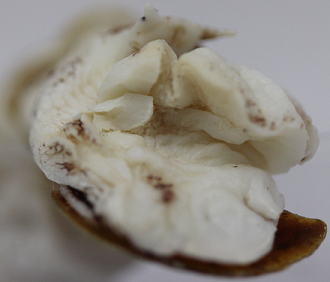
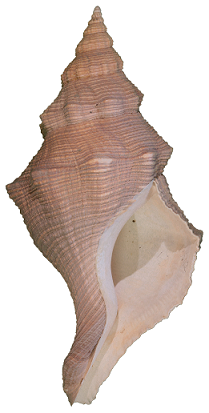
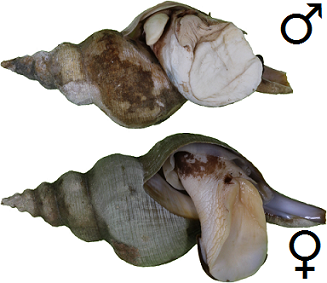
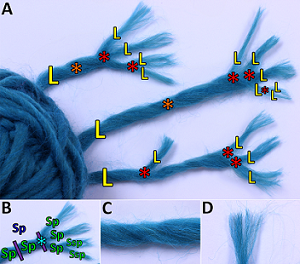
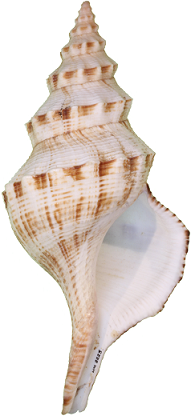
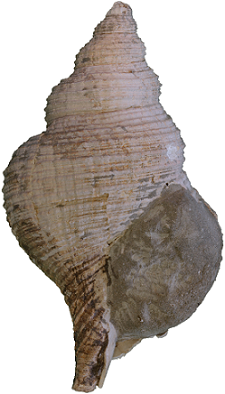
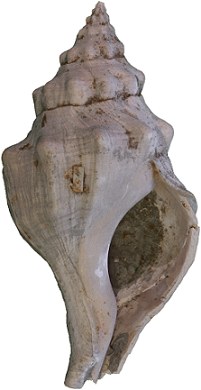
|